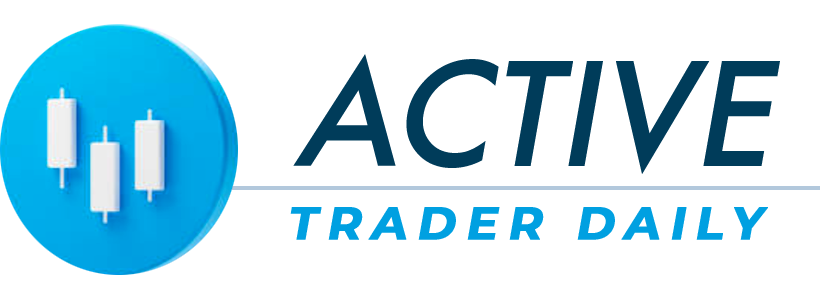By Lucia Mutikani
WASHINGTON (Reuters) – U.S. retail sales unexpectedly rose in November as the holiday shopping season got off to a brisk start amid deep discounting, likely keeping the economy on a moderate growth path this quarter and further alleviating fears of a recession.
The rebound in retail sales reported by the Commerce Department on Thursday underscored consumers’ resilience, thanks to a strong labor market, and cast doubts on financial markets’ expectations for a rate cut as early as next March.
The Federal Reserve held interest rates steady on Wednesday and signaled in new economic projections that the historic tightening of monetary policy engineered over the last two years is at an end and lower borrowing costs are coming in 2024.
“The resilience of the consumer provides credibility to the Fed achieving a soft landing, but should also be a signal to markets that the Fed is not likely to cut rates as quickly and as much as the markets now have priced in,” said Kathy Bostjancic, chief economist at Nationwide. “The stronger economic activity remains, the slower inflation declines, and the slower the Fed responds with rate cuts.”
Retail sales increased 0.3% last month after falling 0.2% in October, the Commerce Department’s Census Bureau said. Economists polled by Reuters had forecast retail sales edging down 0.1%. Retail sales are mostly goods and are not adjusted for inflation.
Sales increased 4.1% year-on-year in November. Though the pace has slowed as households adjust to higher borrowing costs and prices, it remains sufficient to ward off a recession.
Retailers have been offering hefty discounts heading into the holiday shopping season to attract customers, while lower gasoline prices also freed money for spending elsewhere.
The rise in sales last month was almost across the board. Shopping is increasingly shifting to online, away from brick-and-mortar retailers, with online retail sales rebounding 1.0% after sliding 0.3% in October.
Receipts at motor vehicles and parts dealers rose 0.5%. Furniture store sales jumped 0.9%. Receipts at sporting goods, hobby, musical instrument and book stores surged 1.3%. Clothing store sales shot up 0.6%.
Sales at food services and drinking places accelerated 1.6%. Economists view dining out as a key indicator of household finances. But sales at electronics and appliance outlets dropped 1.1%, likely the result of discounting. The consumer inflation report this week showed appliance prices declining in November.
Receipts at building material and garden equipment outlets slipped 0.4%. Gasoline station receipts tumbled 2.9%, asgasoline prices fell more than 20 cents a gallon from the end of October through the final week of November according to data from the U.S. Energy Information Administration.
Excluding service stations, sales rose 0.6%.
“The death of the consumer, as well as the economy, has been greatly exaggerated and the much-hyped recession of 2023 isn’t going to materialize,” said Chris Zaccarelli, chief investment officer at Independent Advisor Alliance in Charlotte, North Carolina. “The resilient consumer continues to propel corporate profits and the market higher.”
Stocks on Wall Street were trading higher. The dollar fell against a basket of currencies. U.S. Treasury prices rose.
UNDERLYING MOMENTUM
Excluding automobiles, gasoline, building materials and food services, retail sales increased 0.4% last month. The so-called core retail sales measure corresponds most closely with the consumer spending component of GDP. October core sales were revised lower to be unchanged instead of the previously reported 0.2% gain.
Economists said growth in inflation-adjusted consumer spending this quarter was shaping up to be decent because of the decline in goods prices last month.
Spending on services also likely increased in November, with many Americans flying to spend time with family over Thanksgiving.
Economists now believe fourth-quarter consumer spending could grow by as much as a 2.75% annualized rate, up from earlier estimates of around 2.0%, after growing at a 3.6% rate in the July-September quarter.
The boost to GDP from spending could be offset somewhat by an anticipated drag from much slower inventory accumulation. A separate report from the Census Bureau showed business inventories dipped 0.1% in October, the first decline since June, after increasing 0.2% in September.
Economists at Goldman Sachs raised their fourth quarter GDP growth estimate to a 1.5% rate from a 1.4% pace earlier. The economy accelerated at a 5.2% rate in the third quarter.
The economy remains underpinned by the labor market, which continues to churn out jobs. A third report from the Labor Department showed initial claims for state unemployment benefits dropped 19,000 to a seasonally adjusted 202,000 for the week ended Dec. 9.
Economists were dismissive of the persistent elevation in unemployment rolls. The number of people receiving benefits after an initial week of aid, a proxy for hiring, increased 20,000 to 1.876 million during the week ending Dec. 2, the claims report showed.
The so-called continuing claims have mostly increased since mid-September, blamed on difficulties adjusting for seasonal fluctuations after a surge in filings for benefits early in the COVID-19 pandemic.
“The stable trend in initial claims is a more accurate reflection of current labor market conditions than the inflated increases in the continuing claims series since the summer,” said Lou Crandall, chief economist at Wrightson ICAP in New York.
(Reporting by Lucia Mutikani; Editing by Chizu Nomiyama)












